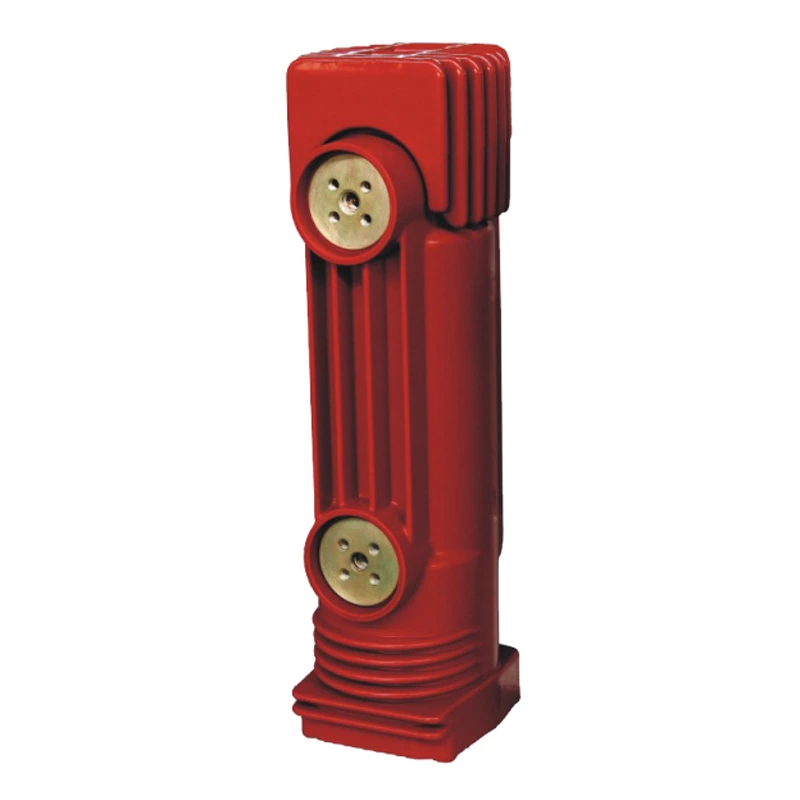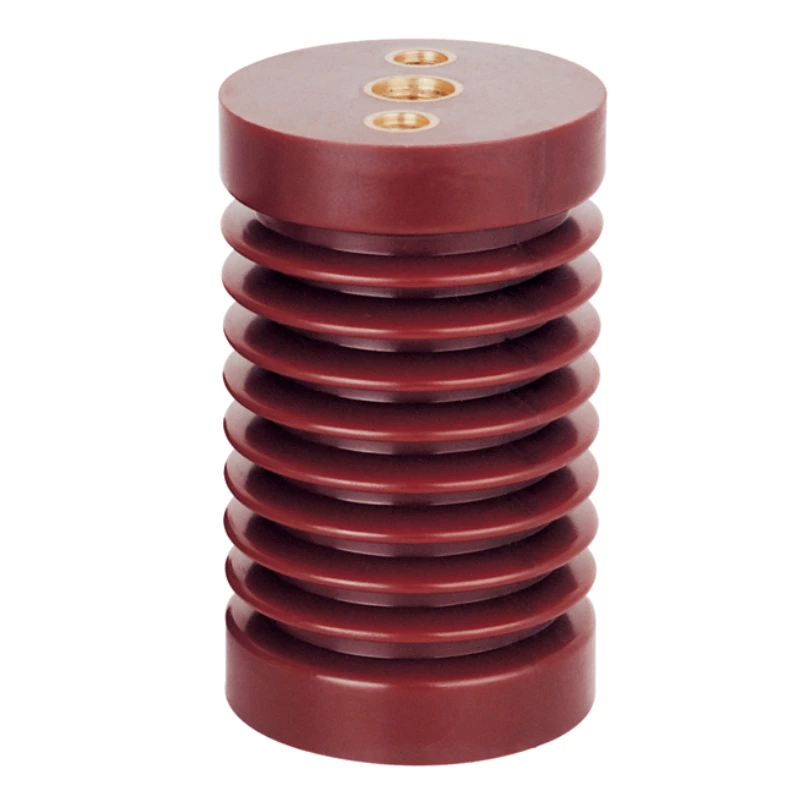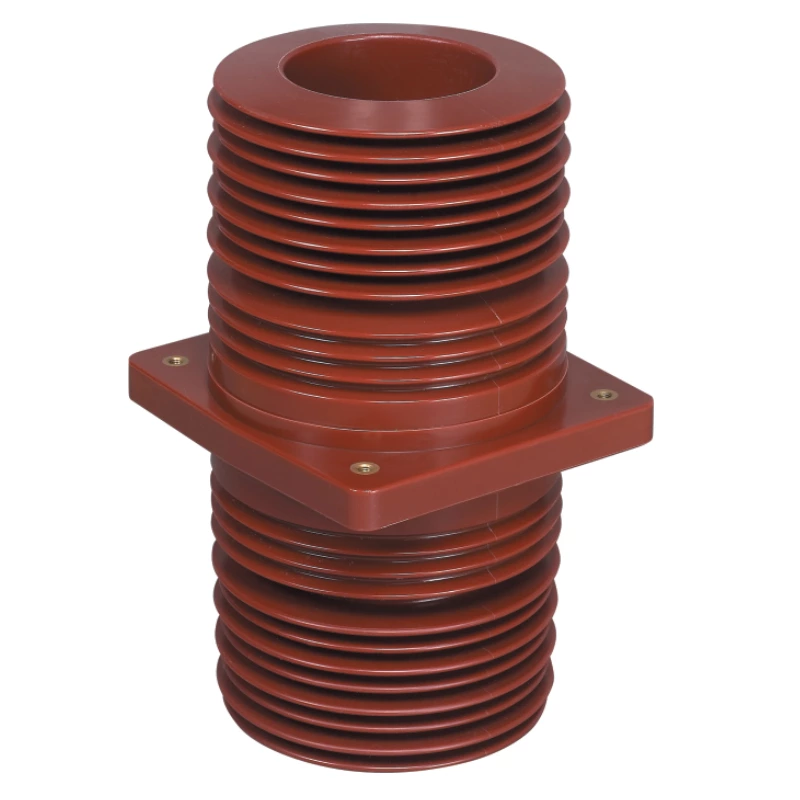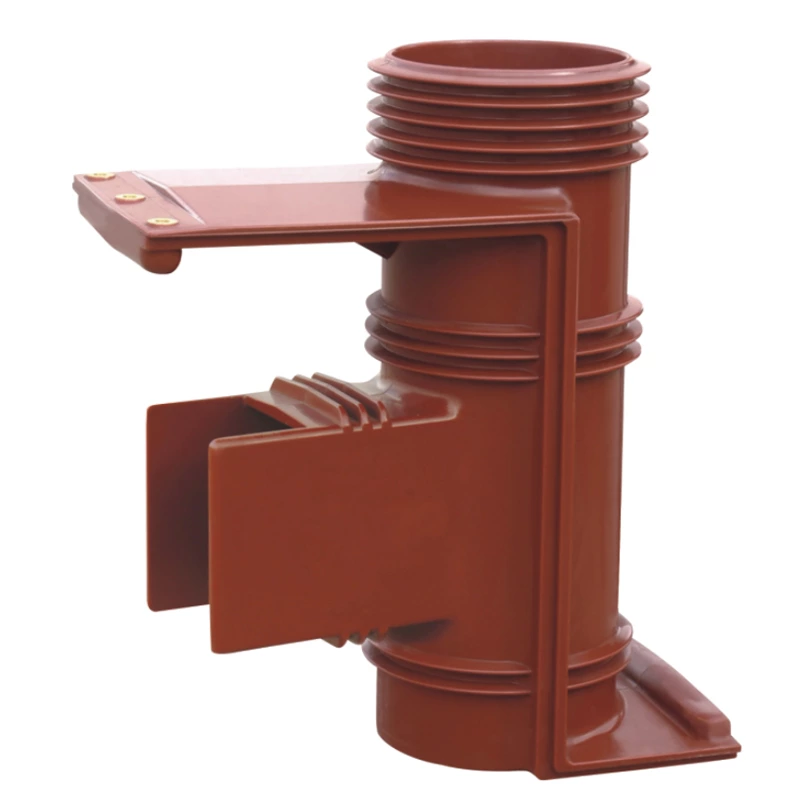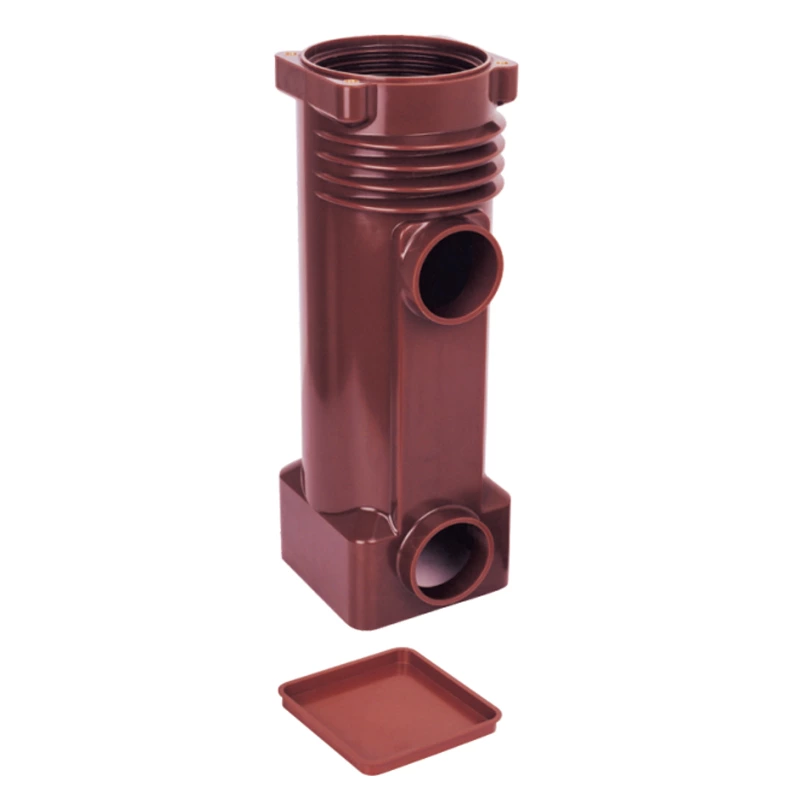Embedded Pole Production Process
Introduction
In the medium voltage field, especially at the 12kV voltage level, vacuum circuit breakers have become mainstream products. The pole insulation of vacuum circuit breakers has gone through air insulation-composite insulation-sealed insulation. The third generation insulation is Embedded Pole, which is an integrated pole that uses APG process to solidify and connect vacuum arc chambers and conductive terminals with epoxy resin. Since the vacuum arc chamber is encapsulated in epoxy resin, it is almost unaffected by external dirt, moisture, etc. In addition, epoxy resin is not only the main insulation of the arc chamber, but also the mechanical support of the arc chamber. The electric field distribution is better than that of traditional assembled poles, the number of structural parts is reduced, and the reliability of the conductive circuit is increased. Its application is becoming more and more extensive.
1 Overview of the production process of 12kVEmbedded Pole
Embedded Pole is mainly composed of vacuum arc chamber, upper outlet seat, lower outlet seat, heat sink, insulating pull rod, fixed insert, epoxy resin layer, Embedded Pole production process flow chart Figure 1.
2 Mold installation
1) The mold is very important for the quality of Embedded Pole produced by APG process, especially the appearance quality. The mold suitable for epoxy resin APG process requires good sealing of the mold cavity, high finish of the mold cavity, easy demoulding, the feed port is at the lower side of the mold, and there is an exhaust groove on the upper part of the mold.
2) The installation order of the mold is generally lower core pulling, static mold, dynamic mold, and upper core pulling. When installing the mold, pay attention to the dynamic and static mold positioning pins and the upper and lower core pulling positioning pins to ensure that the positioning pin is in the center of the positioning hole. Close the dynamic and static molds and the upper and lower core pulling and pressurize to the mold pressure holding state. Use a feeler gauge to check the mold joint seam to prevent leakage due to large gaps during pouring.
3 Parts preparation
1) Cleaning vacuum arc extinguishing chambers, upper outlet seats, lower outlet seats, inserts and other parts that need to be embedded in epoxy resin should be cleaned with alcohol before pouring to remove oil and dust on the surface of the parts.
2) Single-pole assembly. The single-pole assembly is an assembly of the vacuum interrupter and the upper and lower outlet seats and other parts. Because the single-stage assembly must be installed in a more precise APG mold during APG casting, higher requirements are placed on the accuracy of the single-pole assembly. The upper and lower outlet seats must be kept parallel and the center distance of the upper and lower outlet seats must be kept with a small error. Therefore, the assembly process of the single-pole assembly must be carried out on the positioning tooling. 3) Preheating of parts. While preheating the mold, place the insert and the single-pole assembly in the oven for preheating. The preheating time is about 2 hours, so that the temperature of the single-pole assembly and the insert is close to the mold temperature. 4) Apply adhesive on the surface of the vacuum interrupter. In order to ensure that the silicone layer on the surface of the vacuum interrupter is tightly combined with the epoxy resin during casting, a layer of adhesive must be evenly applied on the silicone layer on the surface of the vacuum interrupter before the single-pole assembly is molded. 4 Mixture preparation
1) The APG process puts forward higher technical requirements for epoxy resin mixtures than vacuum casting materials, namely, stability at room temperature, high reactivity at high temperature, rapid gelation, short curing cycle, good crack resistance and impact resistance, and high resistance to mechanical and electrical stress. The internal structure of Embedded Pole is relatively complex and the inserts are large, which makes the product have high requirements for the material's crack resistance. Since the product molding process will be affected by uncertain factors such as the external environment, the material's process performance is required to be good and have a wide range of application to reduce the impact of uncertain factors such as temperature, humidity, and vibration. The performance indicators of the APG casting epoxy resin material system suitable for Embedded Pole are shown in Table 1.
2) Before APG casting, the epoxy resin mixture needs to be prepared. The preparation of the epoxy resin mixture refers to the process of mixing epoxy resin, curing agent, filler, and color powder evenly and thoroughly degassing. The mixing device is used to stir the mixture and vacuumize for about 2 hours, and the vacuum degree reaches below 200Pa.
5 Injection molding
1) APG technology, namely the Automatic Pressure Gelation technology, is mainly used in the production of medium and high voltage epoxy resin insulation products. Its characteristics are that the production cycle of epoxy resin insulation products can be shortened from more than ten hours required for traditional vacuum casting to more than ten minutes, and the exothermic effect can be better controlled, which is conducive to compensating for the shrinkage caused by the curing reaction, and has the advantages of excellent dimensional stability and high mechanical strength. Embedded Pole has the structural characteristics of complex shape, thin wall, and multi-directional core pulling, which is more suitable for production using APG technology.
2) The APG casting process parameters for Embedded Pole are shown in Table 2.
3) After demolding, Embedded Pole needs to disassemble mold accessories, repair, clean up, etc. In order to avoid the newly demolded Embedded Pole staying in room temperature for too long, Embedded Pole needs to be put into the curing furnace as soon as possible for post-curing.
6 Post-processing
1) Grind the injection port and the repaired part of the bubble hole. The injection port and the repaired part of the bubble hole of the product after grinding should be flat. Be careful not to damage the position near the injection port during grinding.
2) Product surface treatment, first wipe with a cloth to remove surface debris, dust, etc., and then wipe the polished area with a cloth dipped in brightener.
3) Assembly of insulating pull rod and heat sink, the tightening torque of the insulating pull rod refers to the recommended torque of the vacuum arc chamber manufacturer, which is generally 35-60N·M. When assembling the heat sink, the tightening torque is generally 20-35N·M according to the size of the bolt.
7 Inspection
1) Appearance inspection, the surface should be smooth and flat, and there should be no defects such as burrs, pores, cracks, sharp corners, mechanical damage, etc.
2) The size should meet the requirements of the drawing.
3) Threaded hole inspection, check whether the threaded holes on the upper and lower outlet seats and the bottom insert can smoothly screw the bolts to the bottom. If the bolts cannot be screwed to the bottom smoothly, the threaded holes need to be processed.
4) Use flaw detectors to detect whether there are pores, impurities, or cracks inside.
5) Pass the power frequency withstand voltage test.
6) Partial discharge test, no more than 5pC.
7) Pass the self-closing force and reaction force inspection.
8) Pass the loop resistance inspection.
